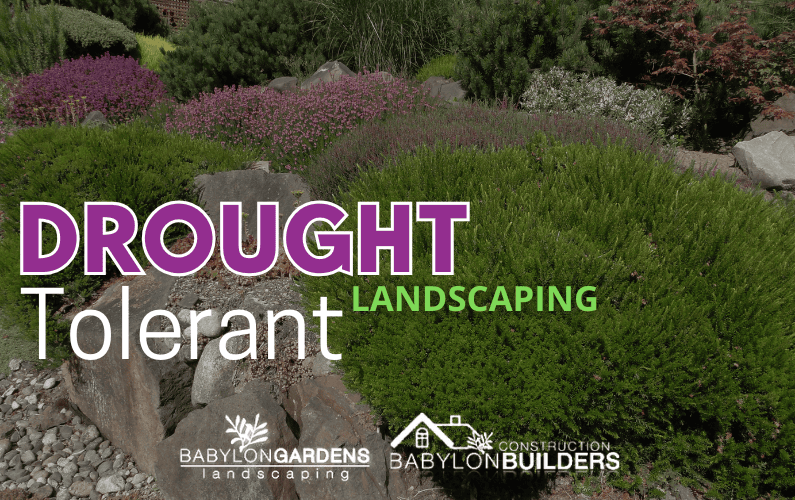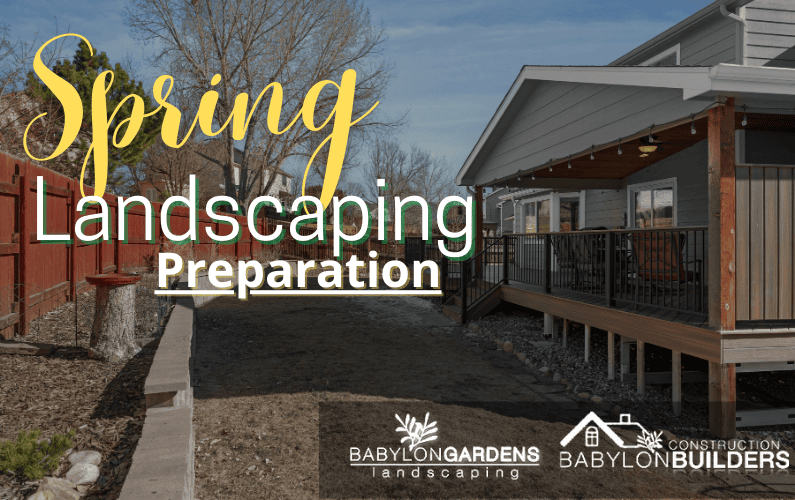Dear Friends,
The Babylon Gardens Landscaping/Babylon Builders (BGL) Team is focused on the health and wellbeing of our staff, customers and partners. We strongly support the efforts of local health officials and government leaders working to contain the spread of the Corvid19 virus, and have implemented the following precautions throughout our operation:
- We have prepared our teams to respond quickly to developments that could impact our operations, in leveraging the considerable insights we have received from the World Health Organization, the Centers for Disease Control and Prevention and local governments.
- We are closely monitoring the ongoing public response to this situation in all the communities that we serve; assessing how any local guidelines may affect our staff, contractors and customers, in order to minimize any project disruptions.
- We have updated contingency plans to key production activities across our project sites, to ensure we continue to meet all commitments to our customers.
At this time, BGL is able to maintain all current operations without restrictions or changes to production. However, given the fluid nature in response to this situation, some impacts to our service may become unavoidable, as new advice and procedures are implemented by area. We will provide frequent updates on the status of our operations via email and our website, alerting you to any potential delays or required changes to timeframes or commitments.
We truly value the relationships we’ve been fortunate to build with our clients, partners, vendors and associates over the years; we truly appreciate your trust in us.
We remain committed to excellence and reliable support through this time and always.
Warm Regards,
The BGL Team







